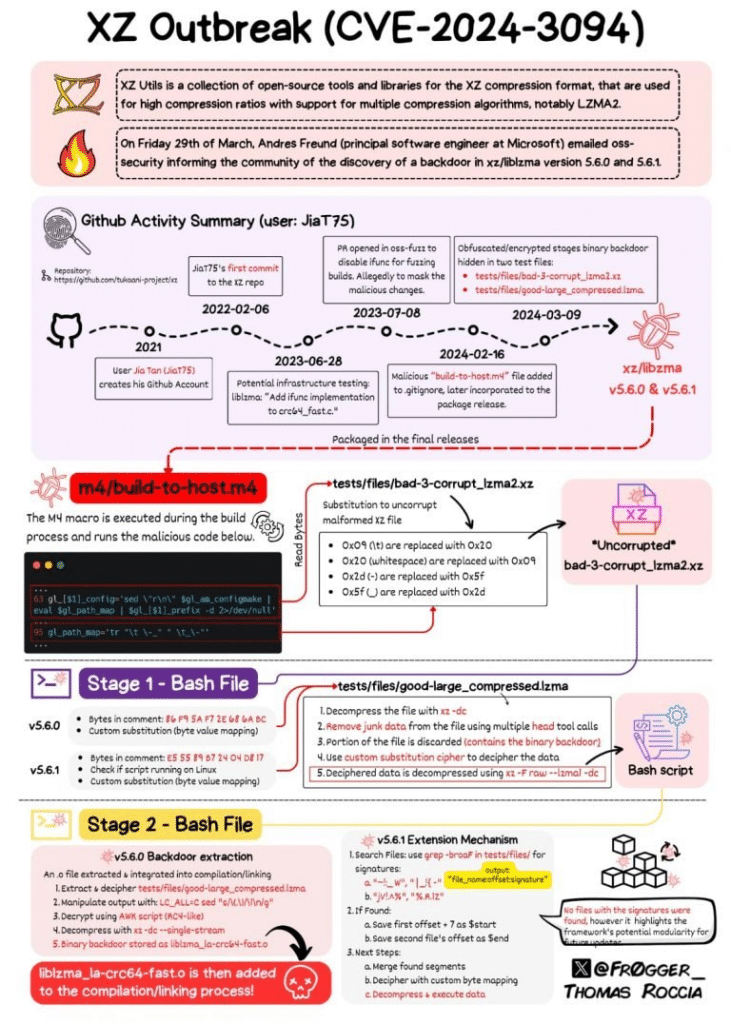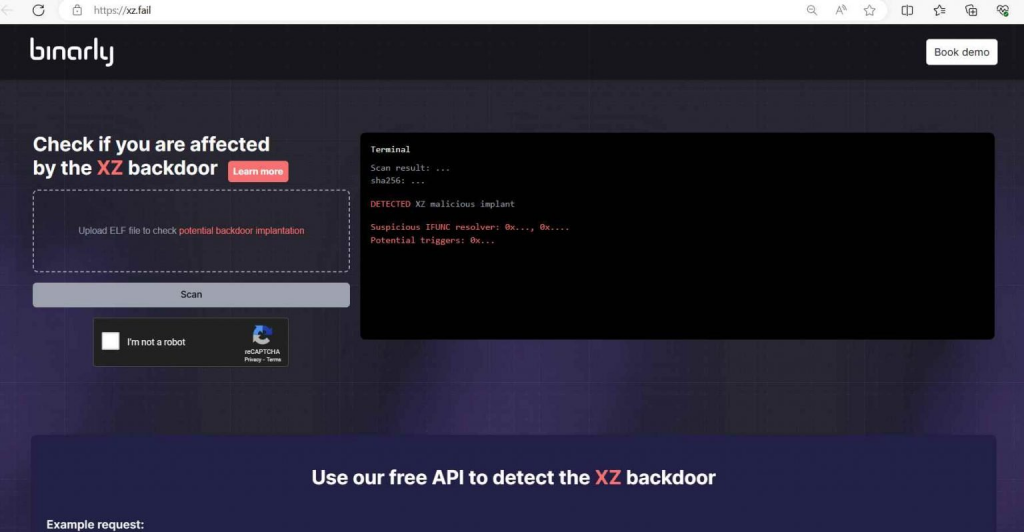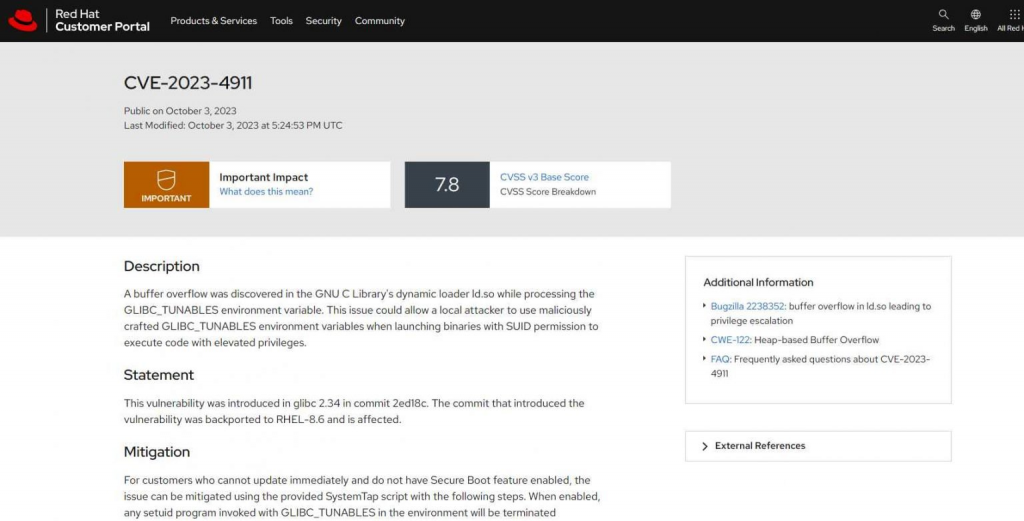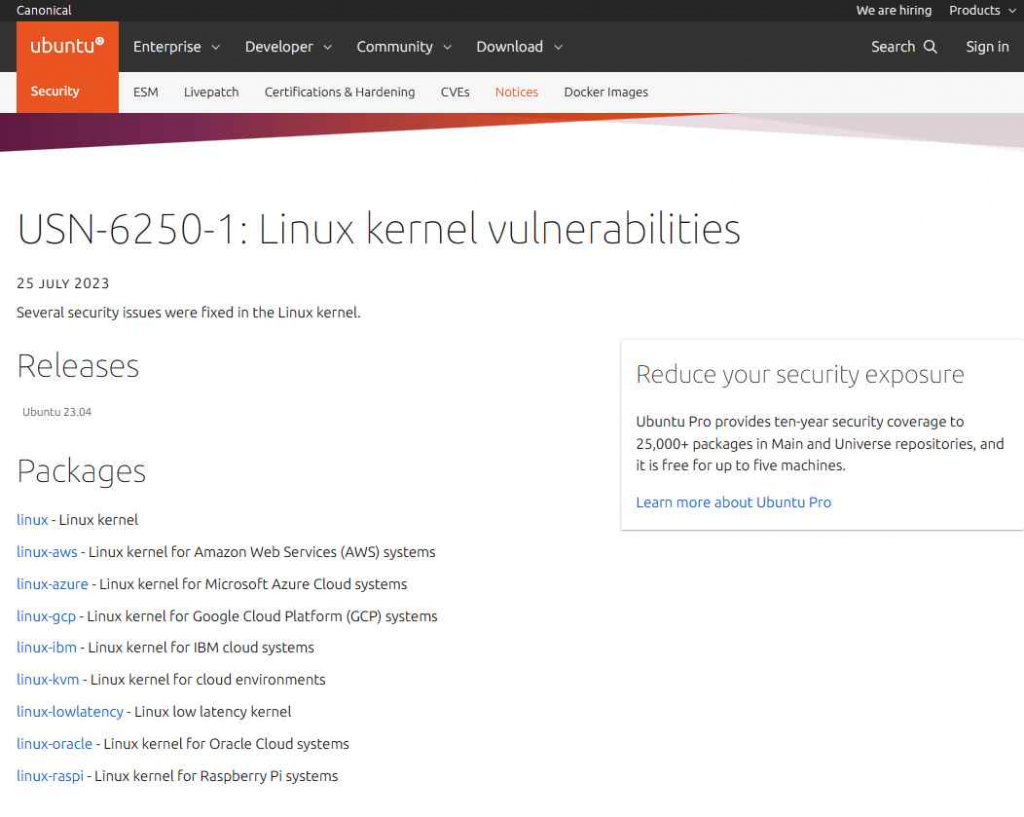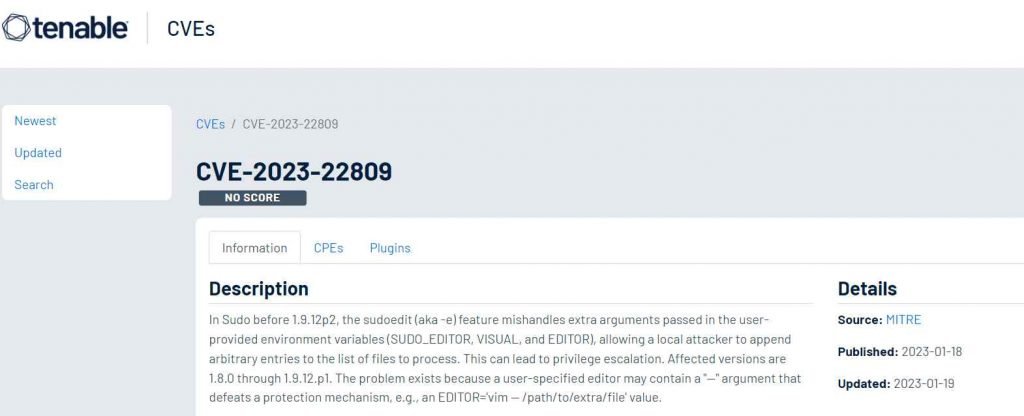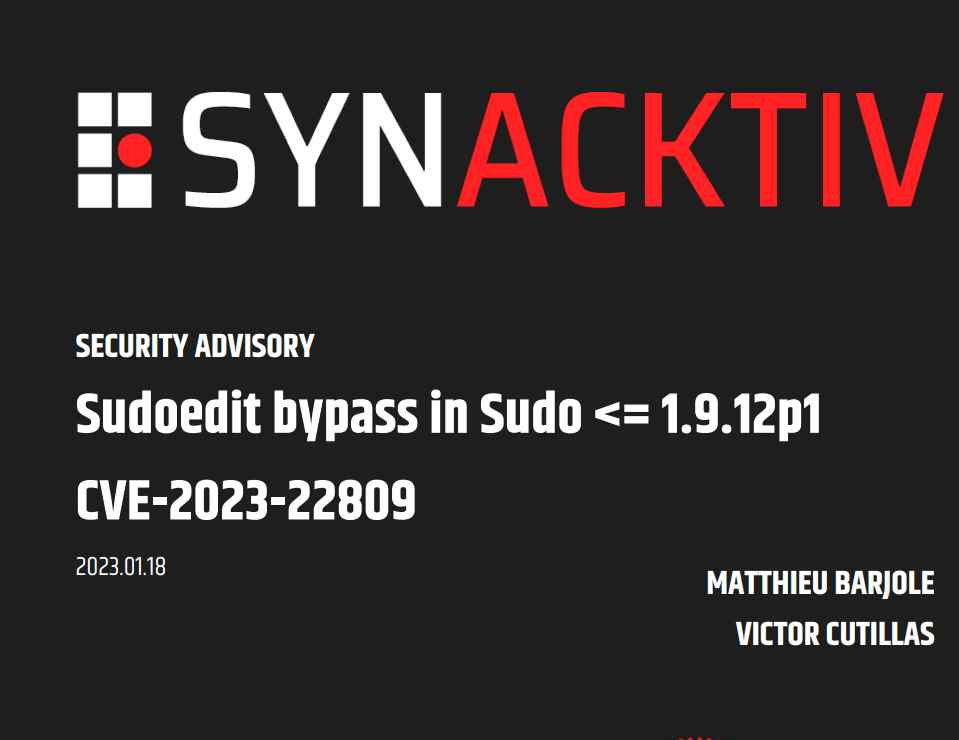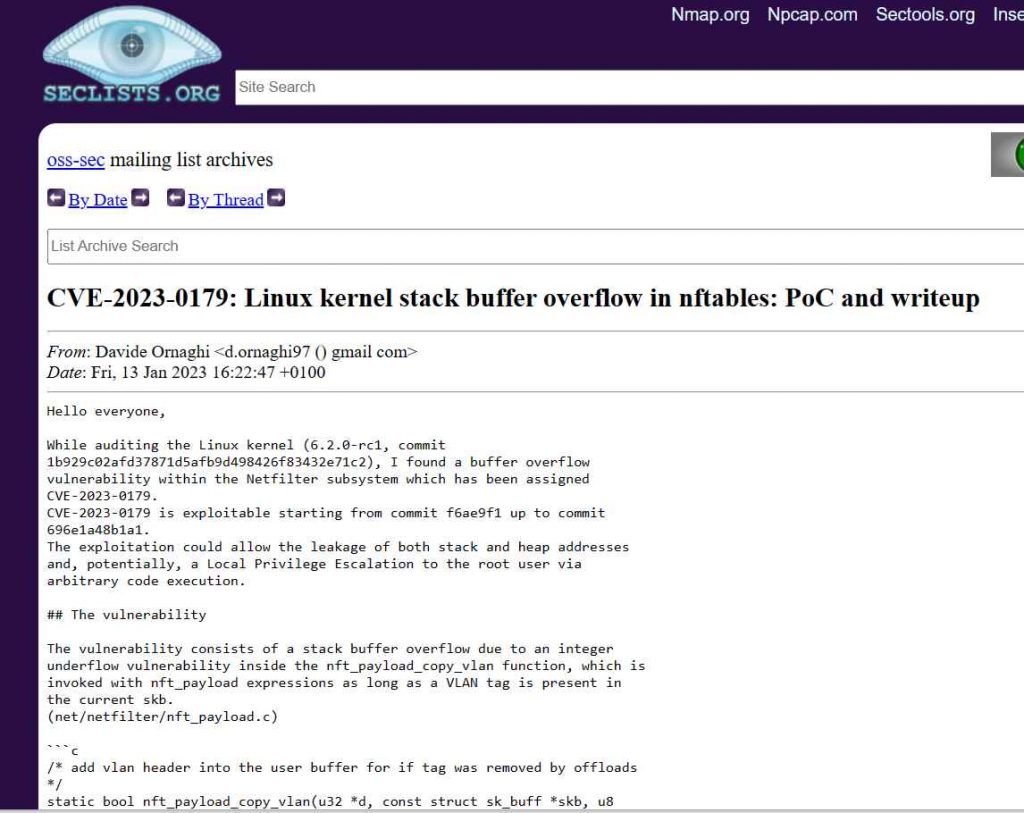🔟 Top 10 Most Used Tools in Kali Linux
| Tool | Purpose | Typical Use Case |
|---|---|---|
| 1. Nmap | Network Scanning & Enumeration | Host discovery, port scanning, OS/service detection |
| 2. Metasploit Framework | Exploitation Framework | Exploit known vulnerabilities, create payloads |
| 3. Wireshark | Network Traffic Analysis | Capture and analyze network packets |
| 4. Burp Suite | Web Application Testing | Intercept & modify HTTP/S traffic, scan for web vulns |
| 5. Aircrack-ng | Wireless Security Testing | Cracking Wi-Fi passwords, sniffing wireless traffic |
| 6. Hydra | Brute-Force Password Cracking | Cracks login credentials (SSH, FTP, etc.) |
| 7. John the Ripper | Password Cracker | Offline cracking of hashed passwords |
| 8. sqlmap | SQL Injection Automation | Detect and exploit SQL injection flaws |
| 9. Nikto | Web Server Scanner | Scan for web server misconfigurations & vulns |
| 10. Netcat (nc) | Network Utility | Debugging, banner grabbing, simple backdoors |

KaliGPT: Revolutionizing Cybersecurity With AI-Powered Intelligence In Kali Linux
Kali GPT doesn’t just support one set number of tools — it integrates deeply with all tools available in the Kali Linux ecosystem, which currently includes over 600 pre-installed security tools in the official Kali repositories – If it’s on Kali, Kali GPT supports it…
Kali GPT isn’t just an AI assistant — it’s a next-gen cybersecurity learning engine. For students aiming to enter the fields of ethical hacking, penetration testing, or digital forensics, here’s why Kali GPT is your ultimate study companion.
🧠 1. Learn by Doing, Not Just Reading
Kali GPT promotes hands-on, interactive learning, guiding students through:
- Setting up Kali Linux environments (VMs, NetHunter, cloud)
- Running and understanding real tools like Nmap, Wireshark, Metasploit
- Simulating real-world attack scenarios (MITRE ATT&CK-based)
- Building labs with targets like Metasploitable, Juice Shop, DVWA
This turns passive theory into active skill development.
In today’s rapidly changing cybersecurity landscape, staying ahead of threats demands more than just cutting-edge tools—it requires smart, real-time guidance.
Kali GPT is an AI assistant based on the GPT-4 architecture and is integrated with Kali Linux to support offensive security professionals and students. This groundbreaking tool marks a new era in penetration testing, acting as an intelligent co-pilot that redefines the cybersecurity workflow.
This new tool provides intelligent automation and real-time assistance. It can generate payloads, explain tools like Metasploit and Nmap, and recommend appropriate exploits—all directly within the terminal.
Key Features
- Interactive Learning: Kali GPT acts as a tutor, guiding users through various cybersecurity tools and techniques. For example, if you want to master Metasploit, Kali GPT provides clear, step-by-step instructions, explanations, and best practices to accelerate your learning.
- Real-Time Troubleshooting: Facing issues like a failed Nmap scan? Kali GPT diagnoses the problem, offers possible reasons, and suggests solutions to keep your tasks running smoothly.
- Command Generation: Need a Linux command tailored to a specific task? Simply ask Kali GPT, such as “How can I find all files larger than 100MB in a directory?” and it will generate the precise command you need.
- Seamless Tool Integration: Kali GPT connects directly with Kali Linux tools, enabling users to execute commands and receive feedback right within the interface—streamlining workflows and increasing productivity.

🐉 Kali GPT’s methodology is primarily influenced by a synthesis of industry-proven methodologies and elite-level documentation, including:
📚 Key Source Methodologies & Influences
- 🔺 MITRE ATT&CK Framework
- Used for mapping tactics, techniques, and procedures (TTPs).
- Integrated throughout Kali GPT’s threat modeling and adversary emulation logic.
- 📕 Advanced Security Testing with Kali Linux by Daniel Dieterle
- Directly referenced in your uploaded file.
- Offers practical hands-on walkthroughs with real-world lab setups.
- Emphasizes tool-based learning over theory — a core trait in Kali GPT’s interactive approach.
- 📘 Penetration Testing: A Hands-On Introduction to Hacking by Georgia Weidman
- Influences Kali GPT’s baseline for beginner-to-intermediate structured offensive testing.
- Known for lab realism and methodical vulnerability exploitation.
- 🛡️ Red Team Field Manual (RTFM) & Blue Team Field Manual (BTFM)
- Inform command-line fluency, post-exploitation routines, and red team practices.
- 📙 The Hacker Playbook Series by Peter Kim
- A tactical source for step-by-step attack paths, including recon, exploitation, privilege escalation, and pivoting.
- 📗 Kali Linux Official Documentation & Offensive Security Materials
- Supports tool syntax, metapackage management, update flows, and usage ethics.
- Offensive Security’s PWK/OSCP methodologies play a major role in scenario planning.
InfoSec services | InfoSec books | Follow our blog | DISC llc is listed on The vCISO Directory | ISO 27k Chat bot | Comprehensive vCISO Services | ISMS Services | Security Risk Assessment Services



